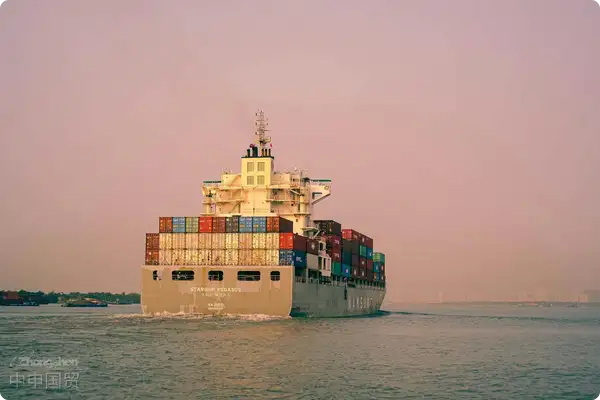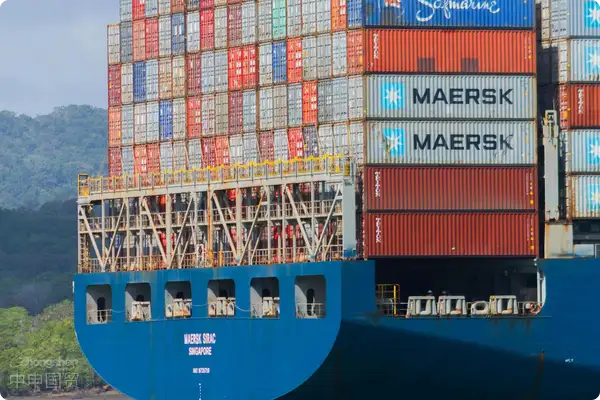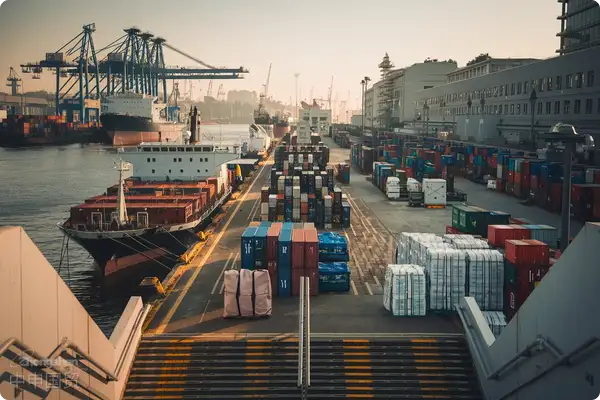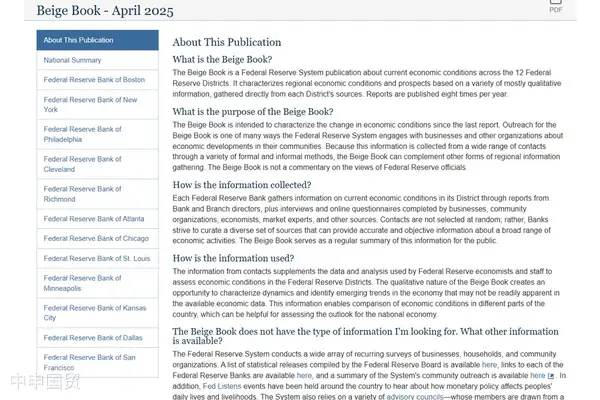- Shanghai Zhongshen International Trade Co., Ltd. - Two decades of trade agency expertise.
- Service Hotline: 139 1787 2118

2025 Heat Transferequipment. For example, Indonesia has the SNI certification, Thailand has the TISI certification, and the Philippines has the BPS certification. It is necessary to confirm in advance the equipment voltage (such as 380V/50Hz in Thailand), the compatibility of the CE certification, and the proof of environmentally friendly materials.New market trends
According to the latest forecast from the International Heat Transfer Association, the global industrial heat transfer equipment market size will exceed $32 billion in 2025. As the worlds largest industrial equipment importer, China is expected to account for 28% of the market share. Equipment upgrade demands in traditional industries such as chemical, energy, and food processing continue to drive import growth of products like plate heat exchangers and shell-and-tube heat exchangers.
Three-dimensional Evaluation System for Agency Brand Selection
Core Qualification Verification:
- Priority given to AEO-certified enterprises
- It is recommended to verify through the following methods:Document Integrity Check
- EU CE certification
- ASME certification (American standard equipment)
- Special Equipment Manufacturing License for Pressure Vessels
- No quality dispute records within three years
Market Positioning Compatibility:
- High-end market: Analysis of premium pricing capability for international brands like Alfa Laval and SWEP
- Value-for-money market: Parameter benchmarking methods for emerging Southeast Asian brands
- Special industries: Access qualification requirements for heat exchange equipment used in nuclear power
Key Points of Cooperation Terms:
- Definition of exclusive agency territory
- Technical training support clauses
- Non-standard product return and exchange mechanism
Customs clearance process optimization plan
Import heat transfer equipment involves HS code classification (e.g. 84195000), tariff rates (MFN rate 8%) and VAT calculation. A phased clearance strategy is recommended:
- Pre-classification declaration: Avoid port delays caused by material declaration errors
- Document pre-review: Focus on pressure vessel inspection certificates
- Tax calculation: Case analysis of utilizing preferential rates under free trade agreements
- Logistics coordination: Multimodal transport solutions for oversized equipment
In-depth case study analysis
Success Case:A chemical company imported German BORSIG plate heat exchangers through our agency. By completing PED certification pre-review in advance, customs clearance was achieved within 72 hours after port arrival, shortening the process by 5 working days compared to regular procedures.
Risk case:A trading company independently represented Southeast Asian brand equipment. Due to failure to verify the validity of the manufacturers ASME certification, the entire shipment was rejected at Tianjin Port, resulting in direct losses exceeding 2 million yuan.
Strategic cooperation value realization path
Professionalforeign tradeAgency services can reduce hidden costs by over 30%, including: procurement errors caused by technical parameter translation deviations, fines from tariff classification errors, and port detention fees from improper logistics solutions. Importers are advised to establish a dual-list system for brand representation: long-term cooperation agreements for core brands and dynamic evaluation mechanisms for potential brands.
Related Recommendations
? 2025. All Rights Reserved. Shanghai ICP No. 2023007705-2  PSB Record: Shanghai No.31011502009912
PSB Record: Shanghai No.31011502009912










